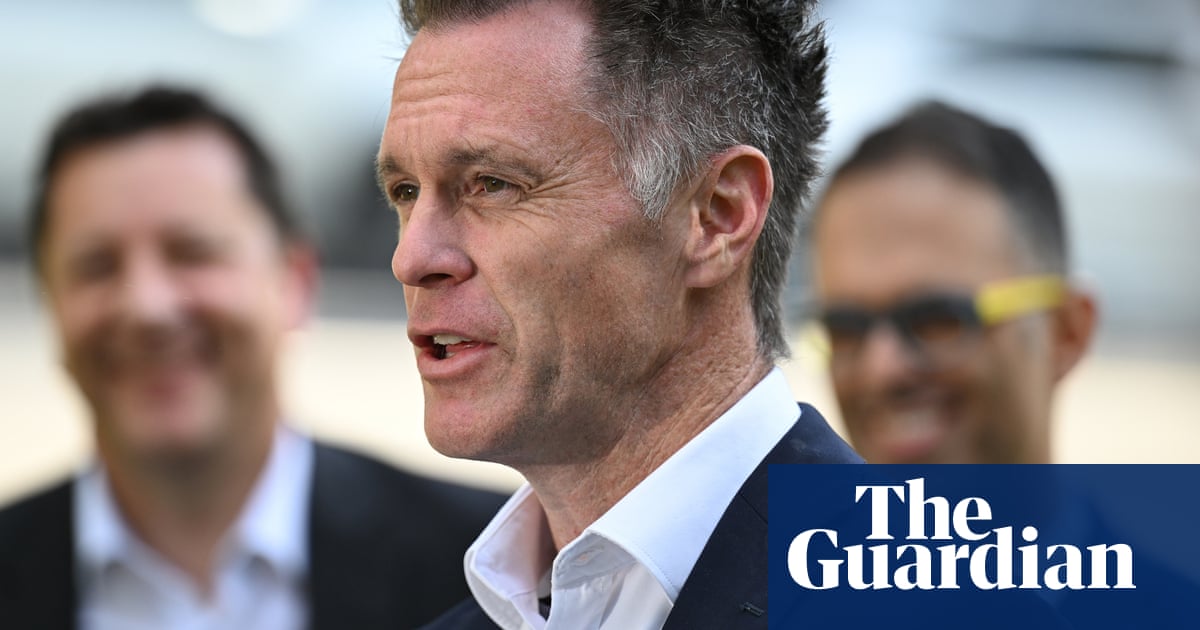TheNew South Walesgovernment has revealed a plan to boost housing construction in its 2025-26 budget by helping developers finance new projects and increasing Tafe funding for trades.
The Minns government’s housing program involves the government being guarantor on thousands of dwellings to assist mid-level developers get finance, and is the centrepiece of Tuesday’s state budget. It otherwise looked to control spending and focused on repairing the bottom line.
The budget included a $1.2bn investment in child protection, funded partly by closing down expensive options such as private motels and instead investing in out-of-home care for vulnerable children.
The state’s foster carers will receive a 20% increase in allowances for caring for 17,000 children in care.
The NSW budget was projected to fall into a $3.43bn deficit next financial year, marking a deterioration in finances weighed down by costs linked to more frequent natural disasters and increasing worker compensation claims.
The financial position of Australia’s most populous state is then expected to improve, with a projected surplus in 2027-28, which would represent a stark turnaround from the deficit-heavy pandemic era.
Except for mineral-rich Western Australia, state finances around the country have struggled to recover from the upheaval caused by the Covid pandemic and subsequent inflationary period, which has resulted in higher-than-forecast public-sector salaries and other costs.
The NSW government still has crucial pay deals to negotiate, including one with public-sector nurses and midwives.
State finances have been helped by enormous property transfer duties, also called stamp duty, due to high house prices and robust buying levels.
NSW is expected to reap $13.4bn from this tax next financial year, which is about $1.5bn more than forecast shortly after Labor won the 2023 election.
But the “deteriorating performance” of the workers’ compensation scheme is creating a significant drag on the budget. Government papers project there will be a $3.4bn increase in insurance expenses over five years, much of which relates to the compensation scheme.
UnderLabor’s proposed reforms, psychological injuries caused solely by work pressure would no longer be eligible for compensation and it would become more difficult to claim after sexual harassment or bullying.
The government has described the planned changes as necessary, in large part because of budgetary pressures.
It is also grappling with costs linked to disaster relief, with expenditure on natural disasters increasing tenfold for government agencies in the six years since the devastating 2019-20 bushfires.
Labor framed the 2025-26 budget as one that needed “fiscal repair” and focused on keeping expenses under control while avoiding big-spending policy announcements.
Sign up toBreaking News Australia
Get the most important news as it breaks
after newsletter promotion
The budget will likely attract criticism over the lack of new cost-of-living policies and an unwillingness to tackle the housing crisis head-on through bigger state investment.
The government’s primary housing measure is a budget-friendly policy given it relies on the private sector to boost housing supply. The NSW treasurer, Daniel Mookhey, described the policy as a “canny use” of the state’s balance sheet.
“A housing crisis that was decades in the making will not end overnight. So let us resolve to keep building,” Mookhey said on Tuesday.
The state government hopes its presale developer guarantee will bring forward the construction of 15,000 homes and follows announcements about an indefinite tax break for build-to-rent projects and a waiver of the $12,000 per block levy if developers offer to build their own supporting infrastructure.
Labor is also allocating additional funds to speed up the planning system, claiming that 70,000 homes are now under construction. Its Tafe investment includes funding for fee-free apprenticeships for priority skills.
Successive state governments have committed significant sums to public infrastructure, including the Sydney Metro, to cater for an expanding population, which will require ongoing upkeep.
But investment in housing supply has not kept pace and there appears to be limited appetite for NSW to tackle the issue with direct investment due to the risk of a politically sensitive downgrade of its credit rating.
Australia’s most populous state has a AAA credit rating with two agencies. A third agency, S&P, stripped the state of its prized rating under the former government.
The state’s debt levels are also forecast to rise throughout the budget forecast period, with no peak in sight. Gross debt is expected to hit $200bn by 2029.
